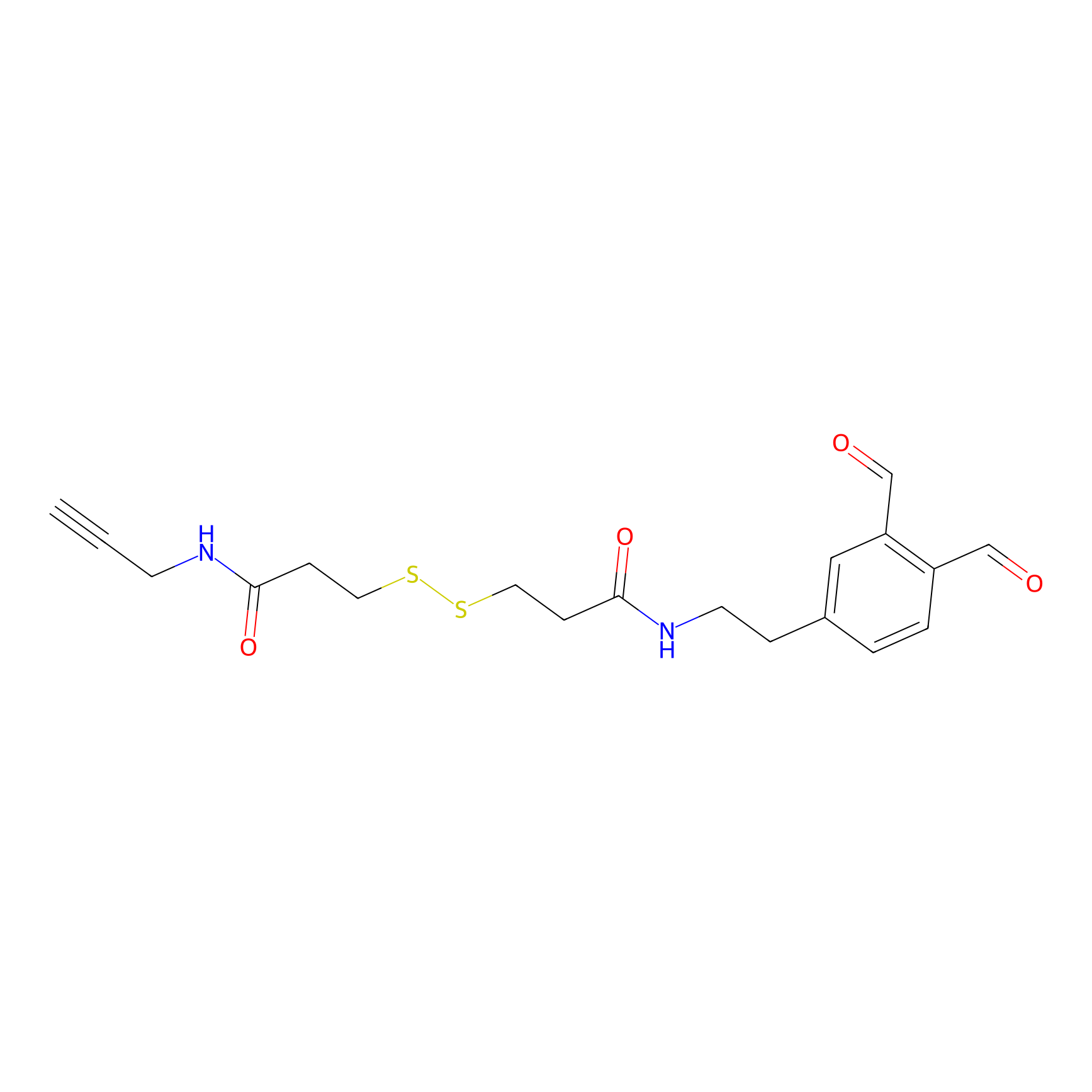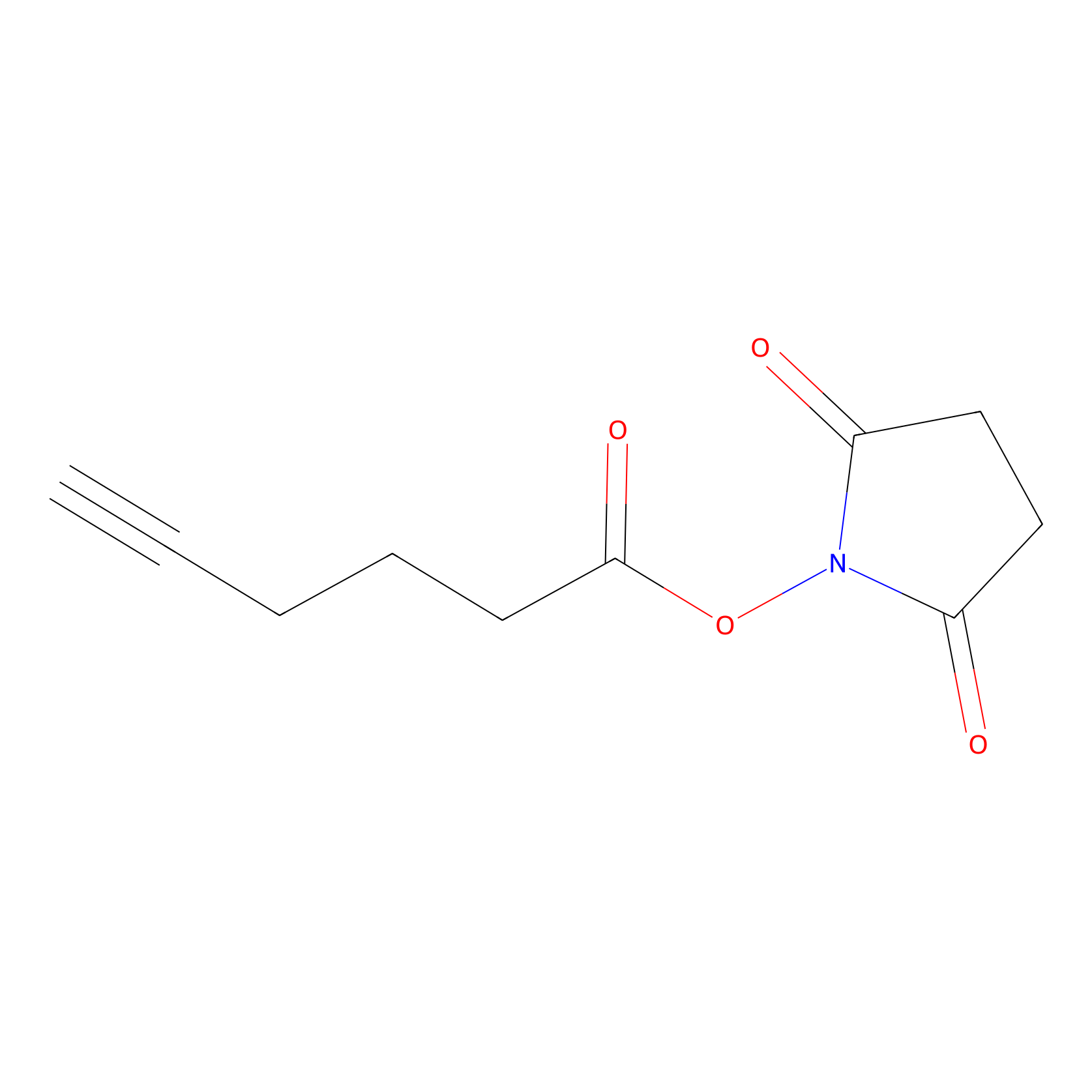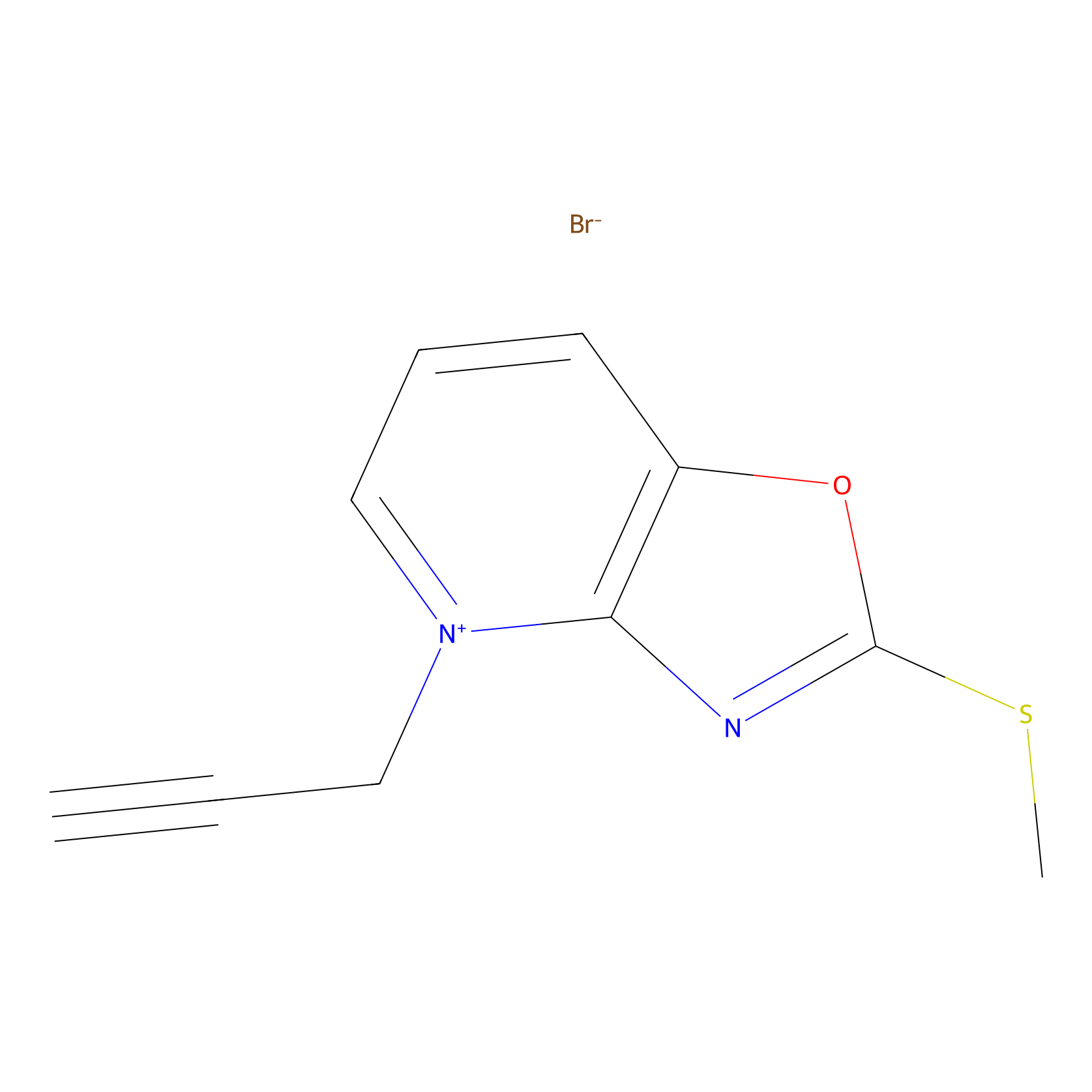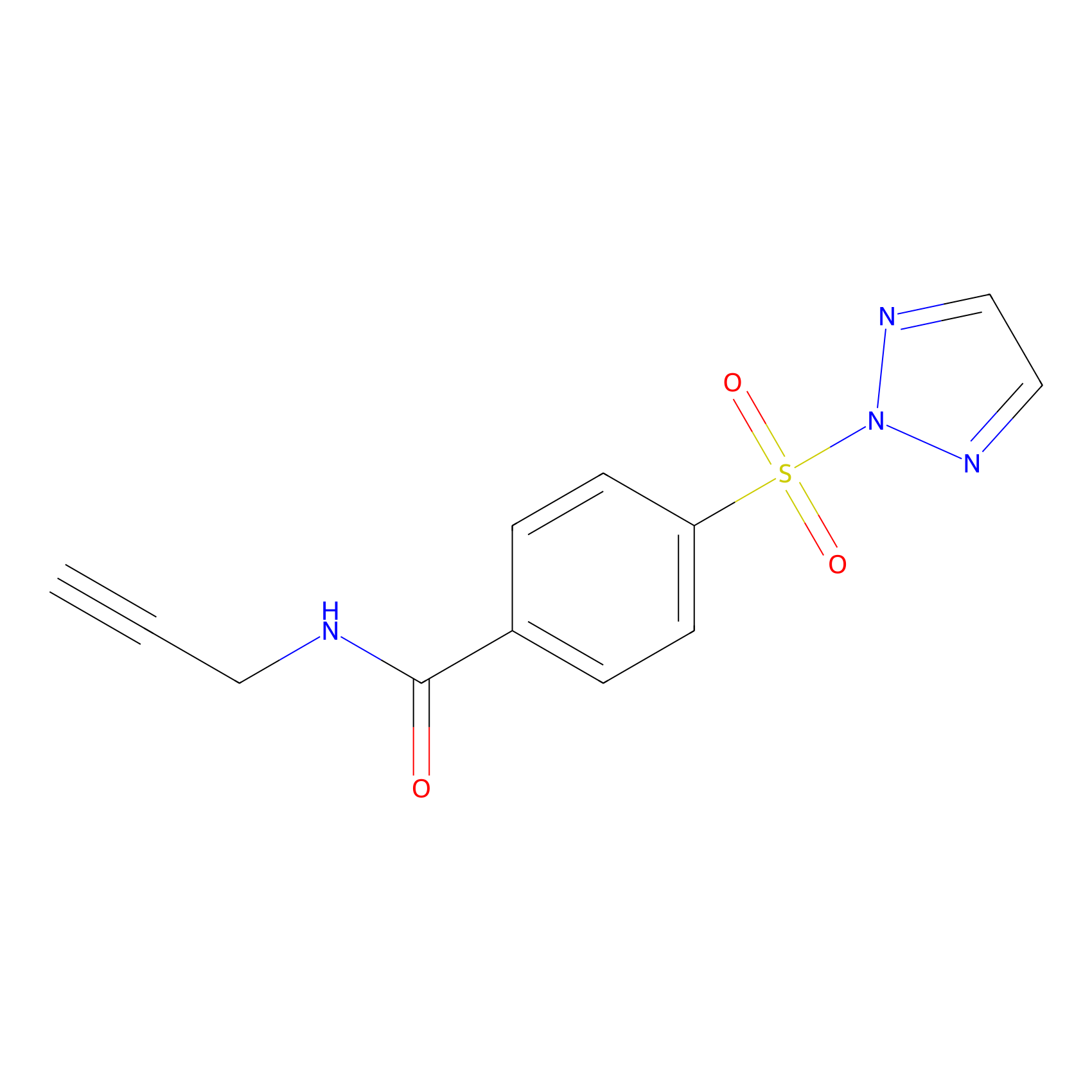Details of the Target
General Information of Target
| Target ID | LDTP10052 | |||||
|---|---|---|---|---|---|---|
| Target Name | Histone H2B type 1-A (H2BC1) | |||||
| Gene Name | H2BC1 | |||||
| Gene ID | 255626 | |||||
| Synonyms |
HIST1H2BA; TSH2B; Histone H2B type 1-A; Histone H2B, testis; TSH2B.1; hTSH2B; Testis-specific histone H2B |
|||||
| 3D Structure | ||||||
| Sequence |
MKPSLLCRPLSCFLMLLPWPLATLTSTTLWQCPPGEEPDLDPGQGTLCRPCPPGTFSAAW
GSSPCQPHARCSLWRRLEAQVGMATRDTLCGDCWPGWFGPWGVPRVPCQPCSWAPLGTHG CDEWGRRARRGVEVAAGASSGGETRQPGNGTRAGGPEETAAQYAVIAIVPVFCLMGLLGI LVCNLLKRKGYHCTAHKEVGPGPGGGGSGINPAYRTEDANEDTIGVLVRLITEKKENAAA LEELLKEYHSKQLVQTSHRPVSKLPPAPPNVPHICPHRHHLHTVQGLASLSGPCCSRCSQ KKWPEVLLSPEAVAATTPVPSLLPNPTRVPKAGAKAGRQGEITILSVGRFRVARIPEQRT SSMVSEVKTITEAGPSWGDLPDSPQPGLPPEQQALLGSGGSRTKWLKPPAENKAEENRYV VRLSESNLVI |
|||||
| Target Bioclass |
Other
|
|||||
| Family |
Histone H2B family
|
|||||
| Subcellular location |
Nucleus
|
|||||
| Function |
Variant histone specifically required to direct the transformation of dissociating nucleosomes to protamine in male germ cells. Entirely replaces classical histone H2B prior nucleosome to protamine transition and probably acts as a nucleosome dissociating factor that creates a more dynamic chromatin, facilitating the large-scale exchange of histones. Core component of nucleosome. Nucleosomes wrap and compact DNA into chromatin, limiting DNA accessibility to the cellular machineries which require DNA as a template. Histones thereby play a central role in transcription regulation, DNA repair, DNA replication and chromosomal stability. DNA accessibility is regulated via a complex set of post-translational modifications of histones, also called histone code, and nucleosome remodeling. Also found in fat cells, its function and the presence of post-translational modifications specific to such cells are still unclear.
|
|||||
| Uniprot ID | ||||||
| Ensemble ID | ||||||
| HGNC ID | ||||||
Probe(s) Labeling This Target
ABPP Probe
| Probe name | Structure | Binding Site(Ratio) | Interaction ID | Ref | |
|---|---|---|---|---|---|
|
STPyne Probe Info |
 |
K59(1.05) | LDD0277 | [1] | |
|
OPA-S-S-alkyne Probe Info |
 |
K87(0.27) | LDD3494 | [2] | |
|
NHS Probe Info |
 |
K110(0.00); K48(0.00); K118(0.00) | LDD0010 | [3] | |
|
1c-yne Probe Info |
 |
N.A. | LDD0228 | [4] | |
|
HHS-465 Probe Info |
 |
K110(0.00); K118(0.00); K122(0.00) | LDD2240 | [5] | |
References
